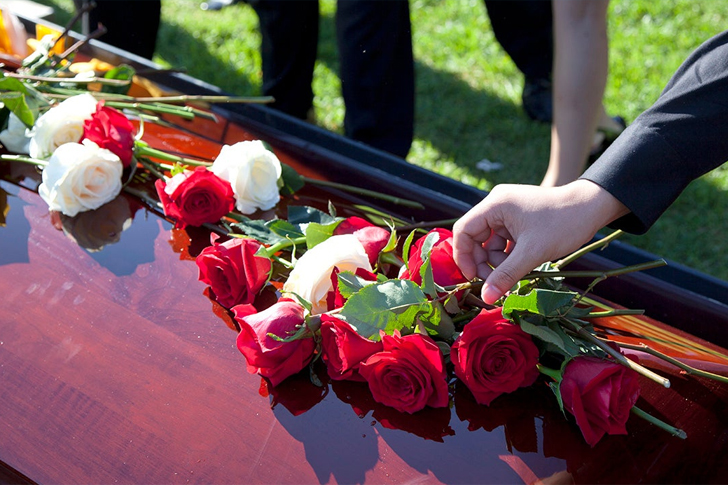How to Honor Your Loved Ones with Cost-Effective Funeral Choices
Funerals are a significant aspect of the human experience, serving as a formal way to celebrate, honor, and remember the life of a loved one. However, the cost of funerals can be surprisingly high. For seniors and their families who are often on a fixed income, finding a way to arrange a respectful yet affordable funeral can be particularly challenging. We discuss practical strategies to reduce funeral expenses without compromising the dignity of the occasion.

### Understanding Funeral Costs
Firstly, it’s important to recognize where the costs come from in a typical funeral arrangement. According to data from the National Funeral Directors Association (NFDA), the average cost of an adult funeral with viewing and burial in the U.S. exceeded $7,600 in 2021, and this price does not include cemetery, monument, marker costs, or miscellaneous cash advance charges such as for flowers and obituaries.
### Opt for Direct Cremation
One of the most significant ways to cut costs is considering direct cremation. This process skips the embalming and viewing phases and typically foregoes many of the more expensive elements of a traditional burial. Without the need for a casket, burial vault, or cemetery plot, expenses can be dramatically reduced. As of today’s rates, direct cremation can cost anywhere from $600 to $3,000, which is considerably lower than full-service burial options.
### Choosing a No-Frills Funeral Service
Opting for a “no-frills” funeral is another way to reduce costs. This could mean a smaller, more private memorial service, perhaps with a modest gathering at a family home rather than a rented space. Limiting guest numbers and simplifying the service can both contribute to substantial savings.
### Purchase Only Necessary Services
When planning a funeral, it’s crucial to distinguish between necessary services and those that are optional. Required services might include fees for obtaining a death certificate and crematory costs if applicable, while optional fees can include cosmetic preparation, a viewing, and luxury transportation of the deceased. Always ask your funeral director for an itemized price list, which the Federal Trade Commission (FTC) requires them to provide. This makes it easier to opt out of services that are not strictly necessary.
### Compare Prices
The FTC’s Funeral Rule gives consumers the right to compare prices among funeral service providers. Different funeral homes can offer drastically different pricing for the same services, so it’s beneficial to spend some time gathering quotations and speaking to different providers about what’s included in their packages.
### Consider Pre-planning
Pre-planning a funeral can also save money. By arranging and potentially prepaying for your funeral in advance, you can lock in prices at today’s rates, potentially saving thousands. Furthermore, pre-planning takes the financial and planning burden off of grieving relatives, giving them peace, knowing everything is taken care of according to your wishes.
### Explore Non-Profit and Government Programs
Several non-profit organizations and government programs can offer financial assistance or provide low-cost service options for seniors. For example, veterans may be eligible for burial benefits through the Department of Veterans Affairs, including a free burial plot in a national cemetery and a grave marker.
### Leverage Life Insurance
If the deceased has life insurance, it’s worth checking to see if it includes coverage for funeral expenses. Many policies include a provision for burial costs or have add-on options for funeral benefits, which can substantially alleviate the financial burden on the family.
### Conclusion
Planning a funeral during a time of grief can be incredibly stressful, and dealing with high costs only adds to the strain. However, by understanding the available options and where to cut costs, it’s possible to arrange a dignified, respectful service on a budget. Remember, the value of a funeral is not measured by how much you spend, but by the love and memories shared as you say goodbye.







Recent Comments